The State of the Turkish Firearms Industry

If I had to describe visiting a defense expo in Turkey in one metaphor, I would say this. You know that feeling when you’re stopping on some US highway to eat? Whataburger is different from Carl's Jr., and Jack in the Box is not the same as Wendy’s. However, if you go to any of those places, you will get more or less the same thing: a burger, some fries, and a fountain drink.
That is the same feeling I get when I am visiting booths of Turkish gun manufacturers at any big expo. The names change, elaborate logos are distinctly different, but you always see the same fast food menu: obligatory FN Minimi (M249), some ARs, lots of different shotguns, a questionable AK, and pistols that are best described as “well, it is not a Glock, but… you know”.
Some people might just disregard the Turkish firearms industry because of this apparent lack of innovation, but I won’t. I spent almost a decade working at the gun manufacturing plant, and I learned that keeping the lights on and making quality products when you manufacture weapons is extremely difficult.
There is a lot of red tape and restrictions; it's hard to get licenses and obtain financing, and I have enormous respect for any businessman who decides to invest in this troublesome industry. So let’s take a look at what Turkey has to offer and contemplate what could have been done better.
Light Machine Guns and GPMGs
The overwhelming majority of Turkish firearms manufacturers produce versions of FN Minimi (M249) and FN MAG (M240). It is not clear how they obtained the technical data; however, the patent for the design has probably expired at this point.
Two companies recently presented their versions of PKM: TISAS with their MG 762 and MMT developed by MKE.
AKs
As someone who had to market AKs for a living, I think it is a very difficult product when it comes to manufacturing it properly and sales development.
However, it seems that all Turkish manufacturers disagree with me, since it feels like all of them presented their own version of the Kalashnikov rifle at IDEF 2025. There were so many that I am writing a separate article about those AKs.
Assault rifles
Turkish manufacturers are offering different types of AR rifles based on platform, following the same trend as the US market. The most interesting one for me is SEMX-55 due to the recoil mechanism, similar in concept to MCX.
Sniper rifles
Several manufacturers are offering AR-10 and HK 417-based rifles. The MPT 76, which resembles the HK 417 in many ways, is used by the Turkish military, but not in a designated marksman role, and more like a conventional battle rifle.
Pistols
Dozens of companies are producing pistols, mainly copies of 1911s, Browning HPs, CZ 75s, and various versions of Glock.
Canik seems to be dominating this market. While their pistols were initially based on the Walther P99, at this point, it is a completely original design. Canik engineers keep improving their guns based on the requirements of the international clients, primarily the US civilian market.
Conclusion
In the current geopolitical situation, Turkey is one of the few countries that can supply both NATO countries and has an extensive network all over Africa and the Middle East. The demand is certainly there.
While Turkish factories (not all, but many) can certainly produce firearms of acceptable quality, the lack of innovation is what limits their further business development. What can be done to improve the situation? I will give two examples.
It is hard to justify investments into a totally new firearms design, so Turkish factories can concentrate on improving existing designs that offer unique capabilities.
I previously mentioned here on TFB two examples of that: the first one is the MFR 5.56 light machine gun presented in 2021, which is essentially an improved version of the belt-fed AR-15 concept. Since then, this light machine gun has been exported to Libya and the Philippines. However, it is not clear whether there is a relationship between the US company that designed it and the Turkish manufacturer, but that is a whole other issue.
The second example is more recent - the MAX 12 gauge shotgun from Derya, when the company employed a subject matter expert to design the ultimate competition-ready firearm that can potentially replace Saiga/Vepr shotgun variants that slowly vanish from the market due to sanctions.
As more manufacturers enter the industry, the competition between them increases and, therefore, the demand for innovation will rise. That is why I think there is a chance that Turkey can become the go-to destination for aspiring firearms designers who look for investors willing to pick up the tab for prototyping and testing.
However, there is always a possibility that no one will have the courage to invest in R&D, and in the coming years, the overall picture won’t change, and Turkish firearms manufacturers will continue to produce guns that were largely designed elsewhere.

Vladimir Onokoy is a small arms subject matter expert and firearms instructor. Over the years he worked in 20 different countries as a security contractor, armorer, firearms industry sales representative, product manager, and consultant. His articles were published in the Recoil magazine, Small Arms Review, Small Arms Defence Journal, Overt Defense and Silah Report. He also contributed chapters to books from the "Vickers Guide: Kalashnikov" series. Email: machaksilver at gmail dot com Instagram: https://www.instagram.com/vladonokoy/ YouTube: https://www.youtube.com/user/machaksilver
More by Vladimir Onokoy







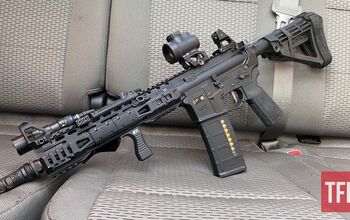
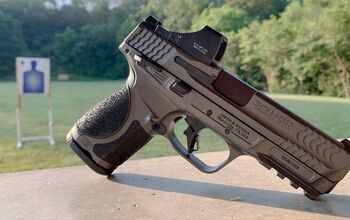
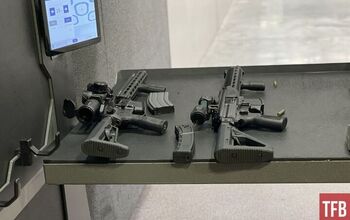
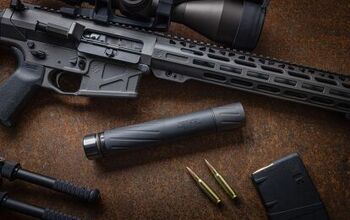
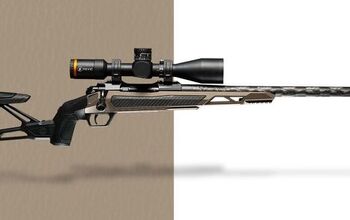
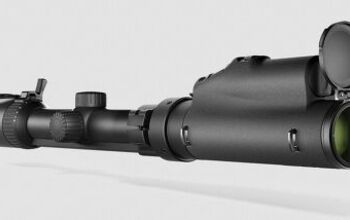

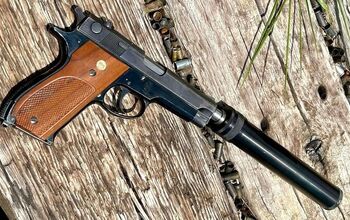

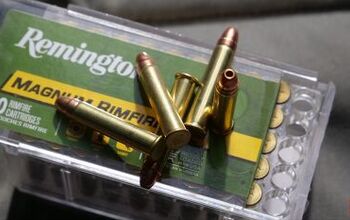
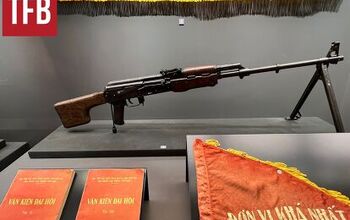
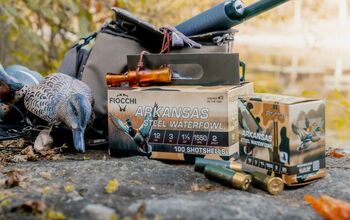
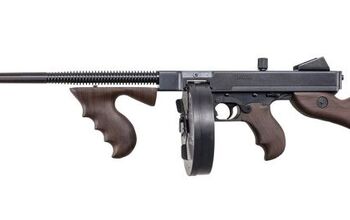
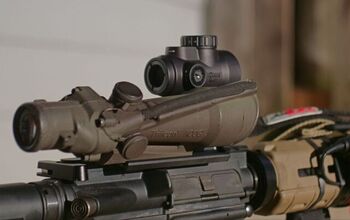
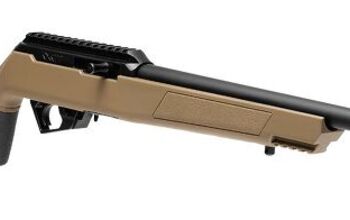

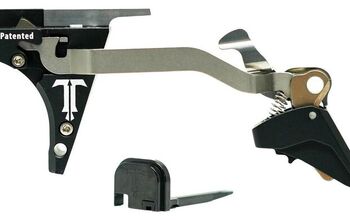
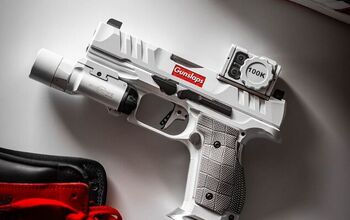
Comments
Join the conversation